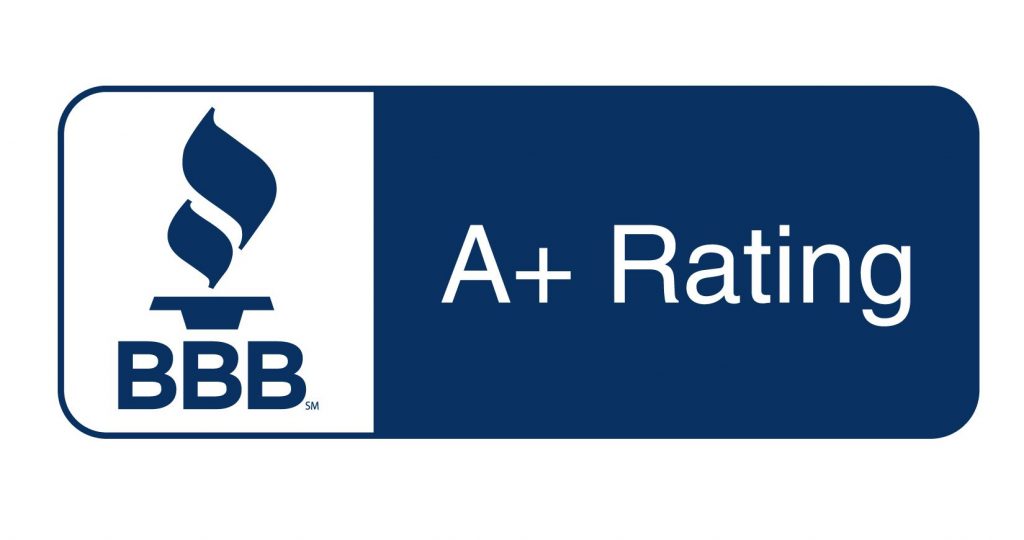What Will Part A Cover?
The Medicare program has different parts. One of these parts is Medicare Part A, which is part of Original Medicare and serves as the hospital insurance part of Medicare.
Most Medicare beneficiaries do not need to pay premiums for Medicare Part A if they have paid up to 40 quarters of Medicare taxes while employed.
Part A Coverage
Part A covers serves as hospital insurance and provides coverage for:
- Inpatient care
- Hospice care
- Home health care
Part A also covers skilled nursing facility care and nursing home care. However, you cannot get coverage for custodial care or long-term care. You can add on a long-term care insurance plan to get this coverage.

How Can I Enroll?
If you are eligible to enroll, you can enroll during your Initial Enrollment Period, which starts three months before you turn 65 and lasts up until three months after you turn 65. This is typically the best time to do so as this period begins as soon as you become eligible, and enrolling during this period ensures you can avoid Medicare late enrollment penalties.
If you do not enroll during the IEP, you will see a 10% increase in your Part A monthly premium. You are mandated to pay the higher Part A premium for twice the number of years you qualified for Medicare Part A but failed to sign up.
Apart from your Initial Enrollment Period, you can also enroll in Medicare during the General Enrollment Period, which starts on January 1 and ends on March 31. While this period grants you a new opportunity to enroll in Part A, enrolling during this period also means you will have to pay a late enrollment penalty because you missed your Initial Enrollment Period.
If you are not automatically enrolled, you can manually enroll during your Initial Enrollment Period by visiting your area’s local Social Security Office. You can also apply online or over the phone.
What Part B Covers?
Medicare Part B covers approved outpatient and medical services such as doctor visits, preventive screenings, durable medical equipment, ER services, mental health services, ambulance rides, laboratory tests, occupational therapy, physical therapy, and other services. Part B also covers certain preventive services such as cancer screenings, diabetes screenings, cardiovascular disease screenings, and bone density measurements.
As for prescription drug coverage, Part B will cover prescription drug costs if you meet certain requirements. Health care providers administer most prescription drugs covered by Part B. Part B covers select medications such as flu shots, pneumonia shots, hepatitis B, and other vaccine shots. Part B also covers injectable and infusion medications, drugs administered through nebulizers, ESRD treatment drugs, and certain transplant medications.
The deductible is the amount you will need to pay out-of-pocket before Medicare starts to cover the approved expenses, prescription drugs included. After you meet the deductible, you will typically cover 20% of your Part B costs. To get coverage for more prescription medications, especially drugs you take at home, it is advisable to purchase a Part D plan. Medicare Part D is a standalone prescription drug plan. It is offered by private insurance carriers and covers various categories of medications.
Does Part B Cover Prescription Drugs?
Medicare Part B is the second part of Original Medicare and provides medical insurance while covering outpatient healthcare services. Typically, Original Medicare does not cover prescription drugs. However, you can receive coverage for certain medications under Medicare Part B. Part B only covers prescription medications under different federal guidelines. Part B only covers certain medications under specific medical conditions. You’ll need to enroll in Medicare Part D to get more coverage.
When Can I Enroll in Part B?
You can enroll in Part B once you enter your Initial Enrollment Period, which begins three months before your 65th birthday and ends three months after your birthday month. This period ultimately marks when you first become eligible to enroll in Medicare.
It’s always recommended to enroll as soon as possible so you can get the coverage you need as quickly as possible and avoid any late enrollment penalties. With Part B, the late enrollment penalty will be added to your monthly premium and is permanent.
You can also enroll during the General Enrollment Period from January 1 to March 31. However, remember that since you delayed your initial enrollment, you will have to pay a late enrollment penalty when enrolling during this period.
In some cases, you may be eligible for a Special Enrollment Period to enroll in Part B if you missed the first two enrollment periods. For example, if your group health plan ends or if you want to sign up while still enrolled in an employer health plan, you can get a special window to enable you to enroll in Part B.





